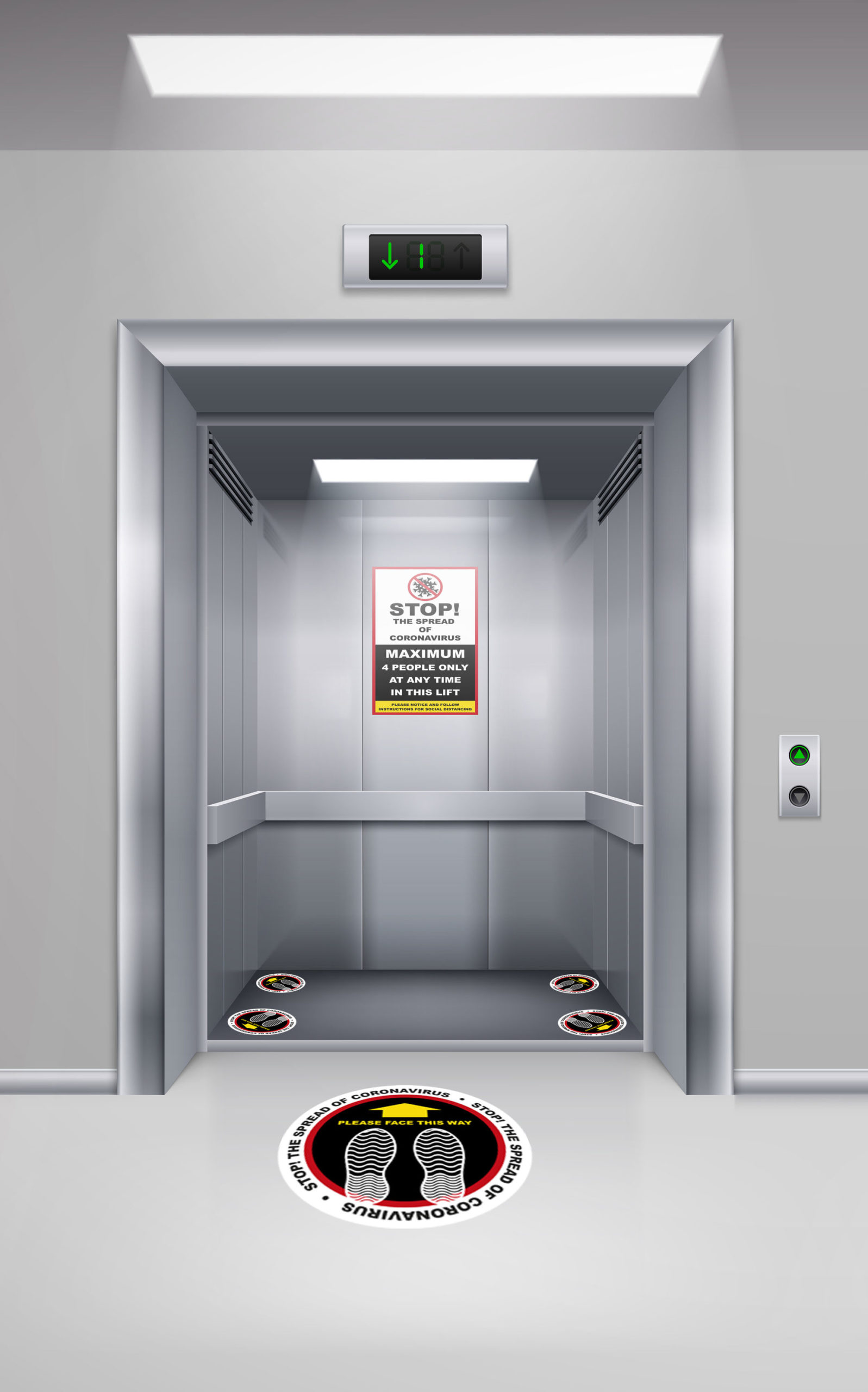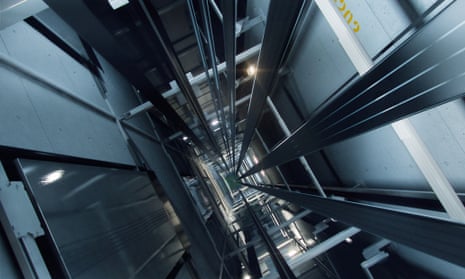Discover the Best Disabled Platform Lifts Prices UK for Residential and Commercial Usage
Discover the Best Disabled Platform Lifts Prices UK for Residential and Commercial Usage
Blog Article
Looking Into the Globe of Elevators: Typical Issues Encountered by Different Lift Systems
As we navigate via the vertical transport systems of modern-day structures, lifts stick out as an indispensable part of our day-to-days live. Nonetheless, behind their smooth procedure lies a world of elaborate mechanisms that can often experience obstacles. From hydraulic elevators to traction systems and machine-room-less layouts, each lift kind features its collection of typical concerns. Comprehending these challenges is critical for guaranteeing the smooth functioning of these vital systems. Allow's discover the intricacies that underlie the operation of lifts and the potential concerns that can develop, shedding light on the intricate internet of lift devices.
Hydraulic Lifts
Hydraulic elevators, often liked for low-rise structures, use fluid stress to manage the activity of the elevator vehicle (lift repair companies). This system entails a hydraulic pump pushing oil into a cylinder, creating the lift to relocate the desired instructions. While hydraulic lifts are known for their smooth and quiet procedure, they do come with their own set of common problems
One common problem with hydraulic elevators is oil leakage. Furthermore, issues with the control system, such as malfunctioning valves or a malfunctioning pump, can trigger disturbances in the lift's activity.
Normal maintenance and prompt repairs are vital to make sure the smooth performance of hydraulic elevators. By dealing with these typical issues proactively, structure proprietors can lessen downtime and guarantee the security and performance of their vertical transportation system.
Grip Lifts
When thinking about vertical transport systems in structures, another typical type apart from hydraulic elevators is the traction lift. Traction elevators operate utilizing a system of ropes and counterweights that move the elevator car by clutching onto the hoist ropes. This device permits smoother and faster upright transport compared to hydraulic systems.
Among the usual concerns faced by traction elevators is rope wear. The continuous movement of the ropes within the grip system can lead to use and tear in time, possibly triggering the elevator to breakdown or come to be hazardous for use. Normal inspections and maintenance of the ropes are essential to make certain the lift's proper performance and safety.
One more issue that grip elevators may experience is connected to the control system. Issues with the control system can cause concerns such as irregular activity, hold-ups in response times, or even full closures. Routine testing and upkeep of the control system are essential to stop such concerns and guarantee the lift's reliability.
Machine-Room-Less (MRL) Elevators

Among the vital components of MRL lifts is the portable gearless traction equipment that is installed within the hoistway. This maker efficiently drives the elevator cars and truck without the need for bulky equipment found in conventional grip elevators. Furthermore, MRL elevators generally utilize a counterweight system to balance the cars and truck, further boosting their energy performance.
Despite their advantages, MRL elevators may deal with difficulties associated with repair and maintenance due to the confined space for tools setup. Availability for servicing components within the shaft can be limited, calling for specialized training for specialists. Correct upkeep routines and normal assessments are critical to guarantee the ongoing smooth operation of MRL lifts.
Overloading and Weight Restriction Issues
Overwhelming and weight limitation issues are important worries in lift procedures. Lift manufacturers layout raises with particular weight abilities to guarantee guest safety and devices durability.
When elevators are overloaded, it places too much strain on the motor, wires, and other parts, potentially causing malfunctions or breakdowns. If they discover excess weight, safety and security systems such as sensors and overload sensing units are in place to stop elevators from relocating. Additionally, surpassing weight limits can result in enhanced energy consumption and deterioration on the lift system.
To alleviate straining concerns, developing supervisors must plainly present weight restrictions in lifts and educate passengers on the significance of sticking to these constraints - lift repair companies. Routine upkeep checks by certified specialists can also aid make certain that lifts are operating within safe weight parameters. By resolving overloading and weight restriction issues proactively, building proprietors can boost elevator safety and security and efficiency
Electric System Failings
Going beyond weight limitations in lifts can not only lead to mechanical concerns yet additionally potentially add to electric system failings within the lift facilities. Electrical system failings are a critical worry in lift procedure, as they can trigger unanticipated shutdowns, malfunctions, or also security hazards.
Routine maintenance and assessments are crucial to identify and deal with potential electric concerns immediately, ensuring the risk-free and effective operation of lift systems. By sticking to weight limits and performing routine electrical system checks, building proprietors can alleviate the threat of electric failings in elevators.
Final Thought

Hydraulic elevators, often chosen for low-rise buildings, use fluid pressure to control the movement of the lift car.When thinking about vertical transport systems in structures, one more typical type aside from hydraulic elevators is the traction elevator. Grip lifts operate utilizing a system of ropes and weights that relocate the lift vehicle by clutching onto the hoist ropes. Unlike conventional lifts that need a different equipment area to house the tools, MRL elevators incorporate many of the parts within the shaft, eliminating the need for a dedicated equipment room.In conclusion, elevators deal with usual problems such as hydraulic malfunctions, traction system failures, and electrical system problems.
Report this page